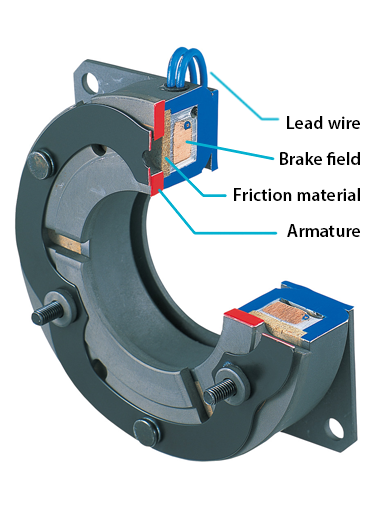The Preliminary Design Review
Hello World!
This week, Davis's Hyperloop team, Oneloop, conducted its preliminary design review. This meeting brought together all the subteams to discuss their progress in the design process, review what we've achieved so far, highlight areas that need improvement, and lay out our next steps. I'm genuinely impressed with the team's performance!
Unfortunately, it's highly unlikely that there will be a Hyperloop competition this summer. Elon Musk hasn't specified a date for the event, and there isn't enough time to set up the entire competition in July with such short notice. Additionally, last year, Elon promised that the racing tube would be 10km long with a curve, which will take some time for The Boring Company to construct. Due to Elon's lack of information, several teams took to Twitter to prod him for answers, and he eventually responded! I guess tweeting is the way to reach important people these days?

The competition will indeed take place, but it won't be happening soon. Interestingly, this delay may work in our favor by giving our team more time for research. While it's disappointing for those who joined to get hands-on with physical work, it's been quite fun for those like me who enjoy the research aspect of the project. One of the coolest aspects of Hyperloop is that we're creating new technology. Unlike many other university competitions, we're required to research new forms of engineering that don't already exist. Scientific research is usually about discovering things we didn't know existed, but engineering research involves taking what we already know and combining it in innovative ways.

Our team working on the pod's braking system encountered some interesting challenges. We're moving so fast that conventional brakes would generate excessive heat due to friction, risking meltdown. An alternative is using electromagnetic brakes, which rely on magnetic eddies. These powerful magnets are attached to a piston, which approaches an I-beam in the center of the tube provided by SpaceX. While they still use friction, since the magnets don't actually touch anything, there's no risk of melting or breaking. I had the chance to hold one of these brakes near the pod's metallic chassis and feel the friction—it was fascinating. However, electromagnetic braking is a relatively unexplored field, and most of the knowledge is locked behind patents and non-disclosure agreements. Consequently, our team had to figure things out on our own. This is particularly challenging because no professors at Davis are currently conducting research in this area, and most skilled mechanical engineers tend to prefer propulsion over brakes. Unfortunately, this lack of interest has resulted in a shortage of engineers for our brakes team. To make things more complicated, these magnets are incredibly strong and hazardous to handle. They can snap in half when they hit metal, creating sharp edges that can cut fingers. I've seen a magnet break once, and it even produced sparks!

Our propulsion system utilizes linear induction motors, a technology with limited exploration due to its primary use in roller coasters and high-speed trains—neither of which constitute substantial industries. Given our track-based design, a linear induction motor seemed ideal for propelling our pod, a choice made by most Hyperloop teams. LIMs are unique because they create linear motion, essentially unrolling a traditional rotary motor. Most research on LIMs originates from trains, which, in turn, have their roots in mine carts and wagons, making it quite dated. Some of our propulsion team members have been studying LIMs from a book titled "Theory of Linear Induction Motors" by Sakae Yamamura, one of the most advanced resources available. However, the math governing the operation of our specific pod hasn't been established yet. Consequently, the propulsion team spent all of last quarter and half of this quarter working on an integral to represent the motor curve. This curve indicates how much torque the motor generates at different velocities. As a computer engineer, I find this integral beyond my expertise, but I'm fortunate to have a fantastic team of mechanical and aerospace engineers who understand this field!
May you be ever victorious in your endeavors!
M.E.W